Loading...
Are you sure?
Are you sure you want to remove this item from your shopping cart?
Checkout using your account
Checkout as a new customer
Creating an account has many benefits:
- See order and shipping status
- Track order history
- Check out faster
- Home
- Frequently Asked Questions
Frequently Asked Questions

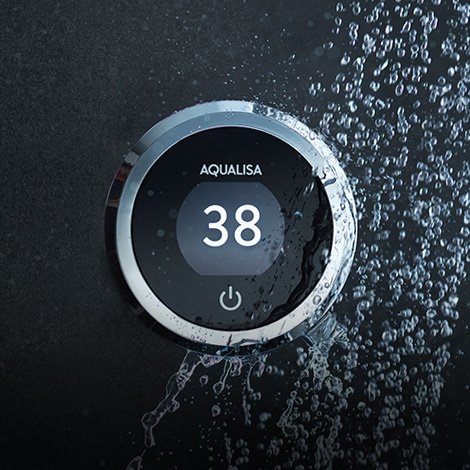
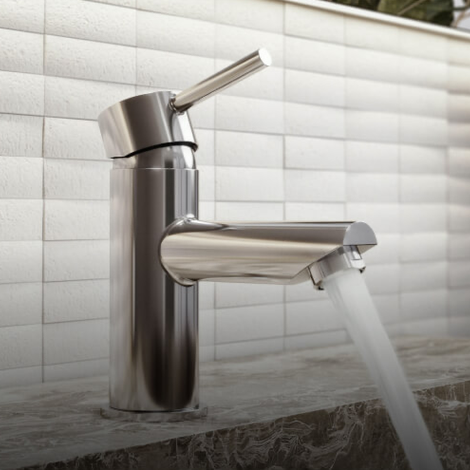
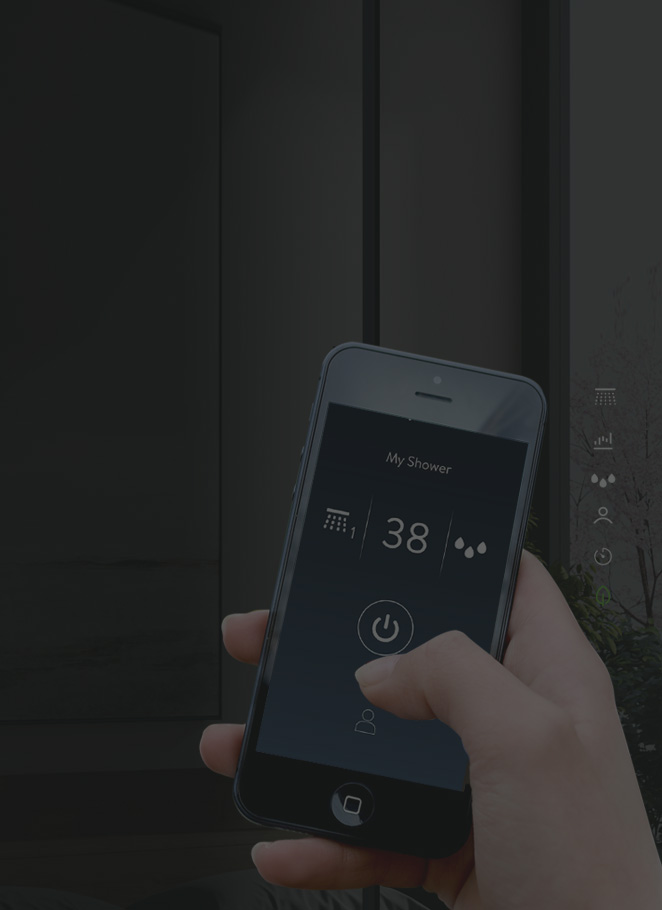
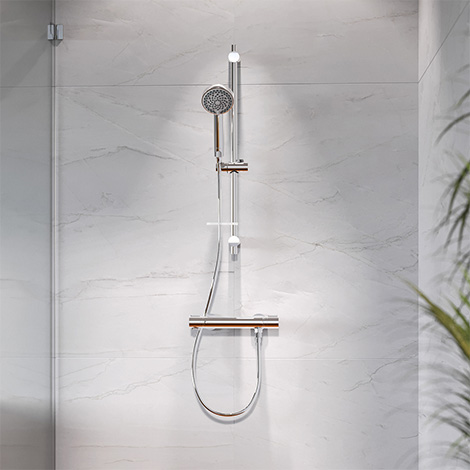

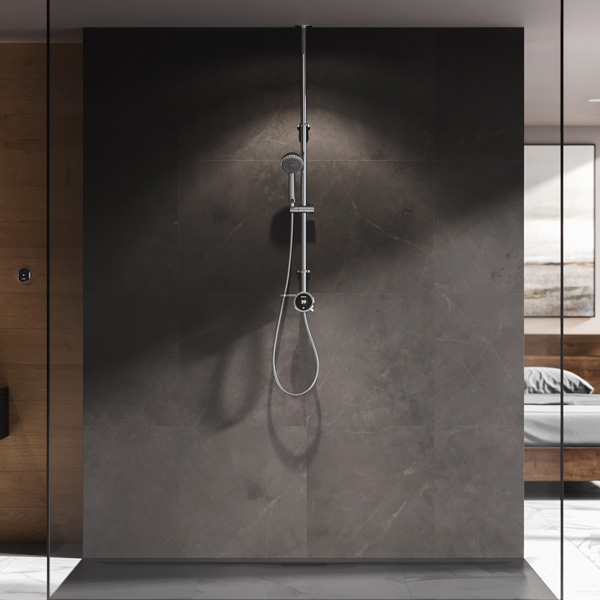
Customer Support Hub
How can we help you?
Whether it's a quick question about your new shower or you have a technical query, give our UK based Customer Support team a call on 01959 560010 or start a Live Chat with us. We'll be happy to help.
/f/275663/470x559/d4dacff801/customer-service-hub.jpg)
Register Guarantee
Up to 5 year guarantee on all products. Claim or register your guarantee here
Loading...
Are you sure?
Are you sure you want to remove this item from your shopping cart?
Loading...
